While a sandblaster can make use of any variety of blasting media and still be called a sandblaster, shot blasters make use of shot, which is a collection of small metal abrasives, exclusively. Read More…
Our sandblast equipment is designed to handle a wide variety of applications and we use manufacturing methods that guarantee these machines will stand the test of time.

We have decades of experience in the finishing industry and we specialize in aqueous washing, abrasive blasting, vibratory finishing, polishing and buffing.

We are SurfacePrep, a trusted leader in surface preparation solutions, dedicated to delivering high-performance sandblast equipment and related products that meet the demanding needs of our customers. Our focus is on providing reliable, innovative equipment and consumables that help businesses achieve optimal surface finishes, improve efficiency, and extend the life of their tools and machinery.

At Allredi, we pride ourselves on being a leading provider of sandblast equipment, delivering exceptional solutions to meet the diverse needs of our customers. Our extensive range of products includes innovative sandblast machines, nozzles, and abrasives, all designed to enhance efficiency and performance in various applications.

At Raptor Blasting Systems, we are dedicated to designing and manufacturing high-quality sandblast equipment built to deliver exceptional performance and reliability for industrial applications. With years of expertise, we have refined our engineering processes to produce blasting cabinets, pressure systems, and abrasive recovery solutions that meet the rigorous demands of our customers.

More Shot Blaster Manufacturers
The term "sandblaster" can be used in reference to all kinds of media blasting equipment. "Shot blasting" refers specifically to the use of shards or beads. Sandblasting can range in its applications from glass etching to glass snowing and from shot peening to soda blasting. Shot blasting would not be an appropriate glass treatment method, as the process involves propelling small shards, beads or other metal shapes at surfaces with a stream of compressed air or pressurized water.
Depending on the application, shot blasting professionals may choose media as fine and granulated as silicon carbide or as large as steel pellets. In both cases, but on different scales, the goal of shot blasting is the treatment of a surface. In the case of road treatment, for example, a portable, mobile shot blaster fires small steel beads at concrete surfaces to remove contamination and soft concrete.
This reveals a mechanical profile which allows for improved bonding during later resurfacing. The used shot and dust created by this process are usually collected by shot blaster, leaving a clean surface that is ready for treatment./p>
All media blasters, regardless of the kind of media they utilize, follow a few basic principles in terms of their design and function. Since all media blasters are intended to change a surface by propelling small objects, all media blasters must be equipped with a stock of blasting media, an air compressor or water pressurizer and a system by which those two components are combined and directed at surfaces.
There are three main configurations of media blasters in existence. Gravity-based systems are the simplest configuration and are mostly used in small scale blasting projects. In these systems, a hopper placed above the flow of compressed air uses gravity to combine the blasting media and airflow. In a siphon gun, the pressurized air passes over an unpressurized abrasive chamber.
The change in pressure draws abrasive up out of the chamber and into the flow of air, both of which are expelled through the nozzle at high speed. The third variety of media blaster is the pressure pot variety, which pressurizes both the air and the abrasive, allowing for an efficient flow of both.






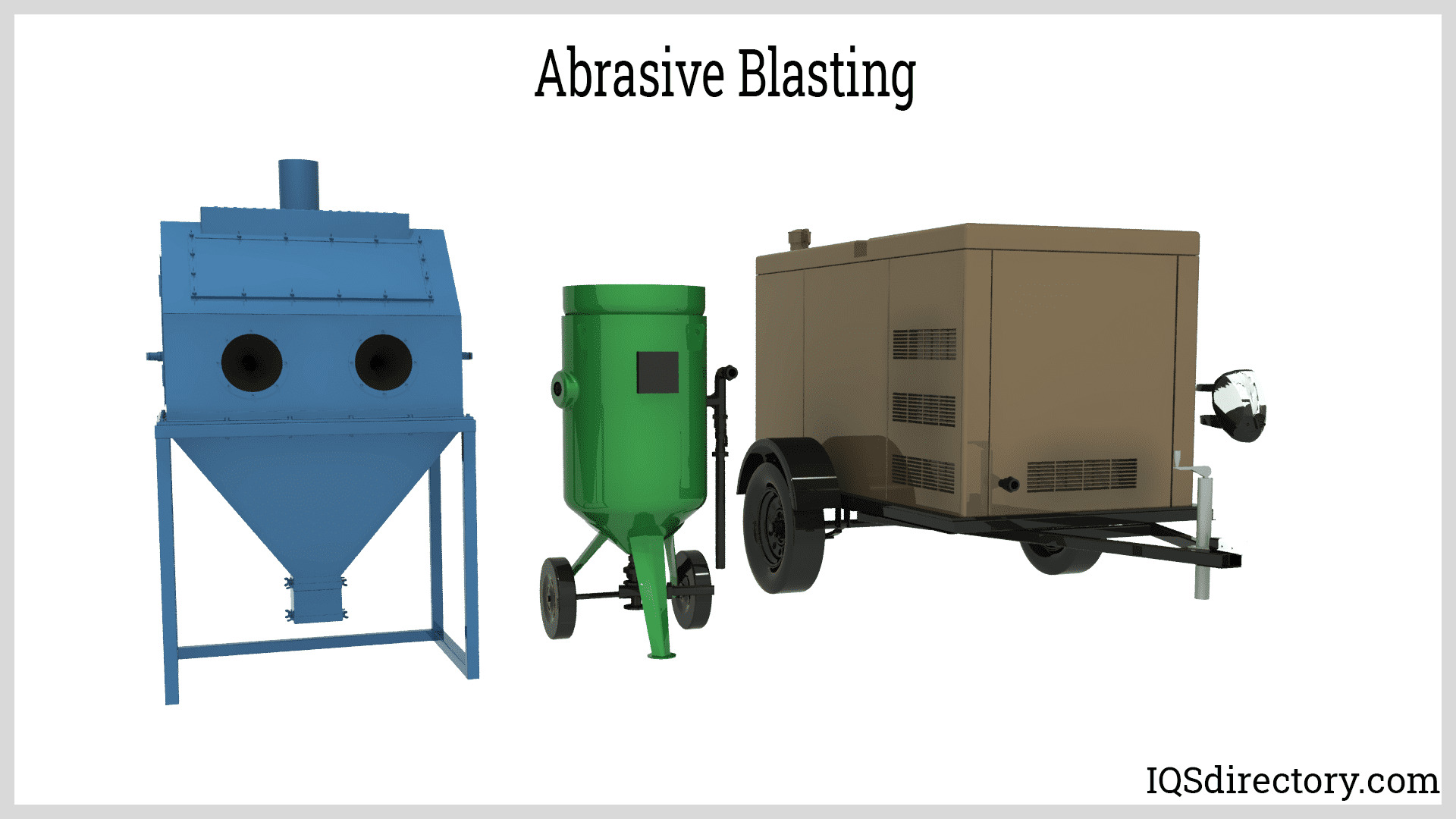



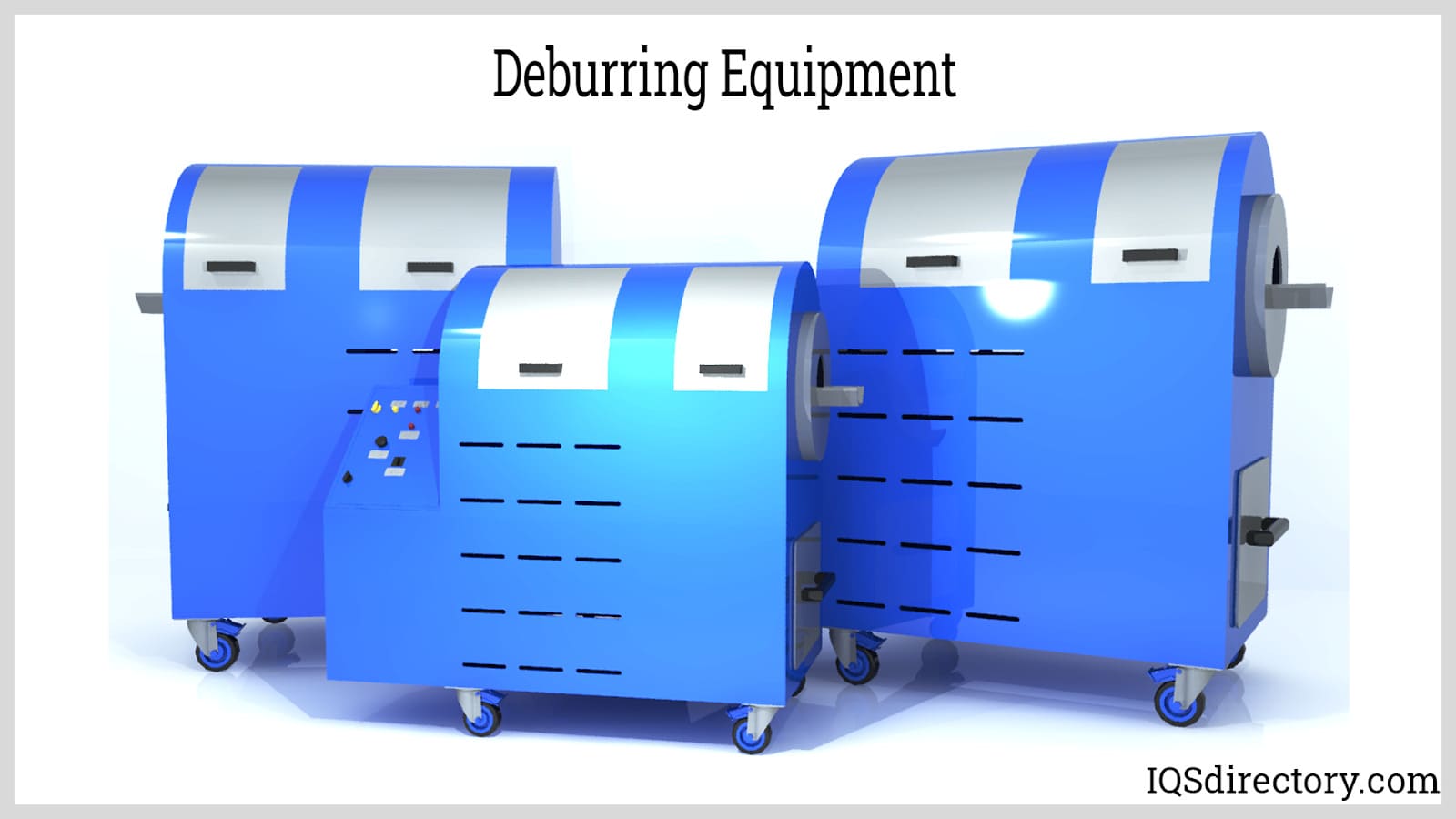



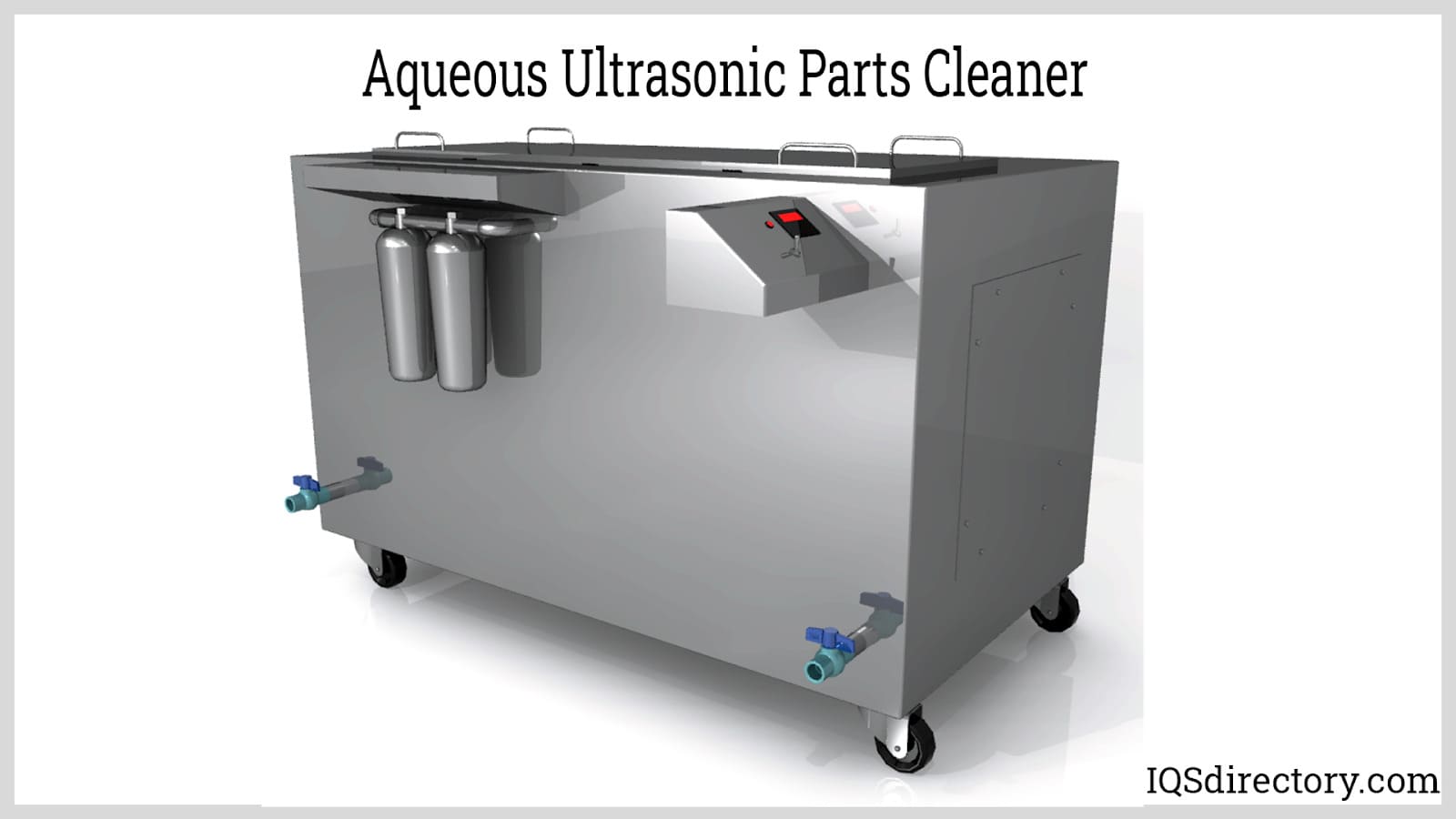
 Deburring Machinery
Deburring Machinery Industrial Parts Washers
Industrial Parts Washers Sandblast Equipment
Sandblast Equipment Ultrasonic Cleaners
Ultrasonic Cleaners Castings & Forgings
Castings & Forgings Bulk Material Handling
Bulk Material Handling Electrical & Electronic Components
Electrical & Electronic Components Flow Instrumentation
Flow Instrumentation Hardware
Hardware Material Handling Equipment
Material Handling Equipment Metal Cutting Services
Metal Cutting Services Metal Forming Services
Metal Forming Services Metal Suppliers
Metal Suppliers Motion Control Products
Motion Control Products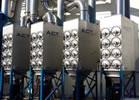 Plant & Facility Equipment
Plant & Facility Equipment Plant & Facility Supplies
Plant & Facility Supplies Plastic Molding Processes
Plastic Molding Processes Pumps & Valves
Pumps & Valves Recycling Equipment
Recycling Equipment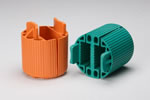 Rubber Products & Services
Rubber Products & Services